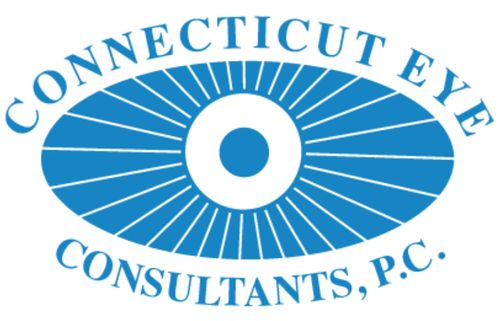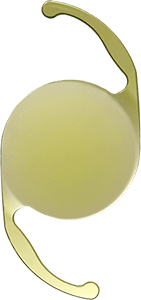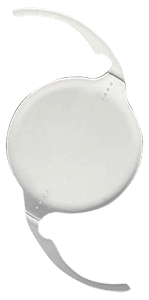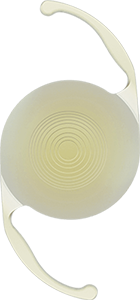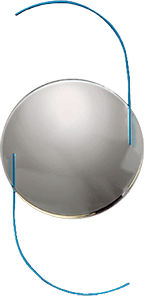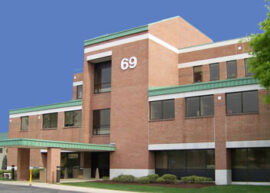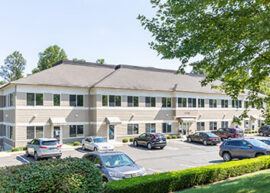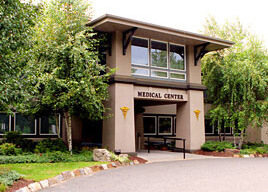Home » Eye Care Services » Cataracts » Premium Lens Implants
Premium Lens Implants
The Impact of Premium Intraocular Lens Implants In Cataract Surgery
The evolution of cataract surgery at Connecticut Eye Consultants has launched a new era of innovation and outcomes for millions of patients undergoing cataract surgery worldwide. In our ongoing to pursuit to offer patients world-class cataract care, we are proud to offer patients exciting new breakthroughs in cataract lens implant design.
Among these breakthroughs are premium intraocular lens (IOL) implants, designed to reduce or eliminate your dependence on prescription eyewear after cataract surgery. These next-generation IOLs, including multifocal, extended depth of focus (EDOF), and astigmatism-correcting lenses, offer Connecticut Eye Consultants patients a wider range of vision than ever before, enhancing their visual experience and helping improve vision at all distances.
Multifocal IOLs: Multifocal IOLs represent a true shift in cataract surgery from traditional ‘single focus’ IOLs. They are approved by both the FDA & Medicare and are designed to help patients see clearly at multiple distances with little or no dependence on corrective eyewear.
Our PIOLs utilize advanced optics to split incoming light into multiple focal points, allowing for simultaneous correction of near, intermediate, and distance vision. By distributing light across different zones of the lens, multifocal IOLs enable seamless transitions between near and far vision, enhancing functional vision for everyday activities such as reading, driving, and using digital devices. The majority of our patients who have received a multifocal IOL report high levels of satisfaction and reduced dependence on corrective eyewear. The has also led to improved quality of life and greater freedom for our patients to pursue their passions.
Extended Depth of Focus (EDOF) IOLs
These lenses represent a refined approach to vision correction, offering enhanced depth of focus and improved visual acuity across a range of distances. Unlike multifocal lenses, which create distinct focal points, EDOF lenses elongate the depth of focus, providing a continuous range of vision from near to intermediate distances. This extended range allows patients to perform tasks such as reading, computer work, and socializing without the need for glasses or contacts, while still maintaining satisfactory distance vision. EDOF IOLs offer a balance between functional vision and visual quality, minimizing the potential for glare, halos, and reduced contrast sensitivity often associated with multifocal lenses. As a result, patients experience improved visual outcomes and a more natural visual experience, enhancing their overall satisfaction and comfort.
Astigmatism-Correcting IOLs:
Astigmatism, a common refractive error caused by irregular corneal curvature, can significantly impact visual acuity and quality if left uncorrected. Astigmatism-correcting IOLs, also known as toric lenses, are specifically designed to address this condition during cataract surgery. These lenses feature precise astigmatic correction capabilities, allowing surgeons to align the IOL with the patient’s unique corneal axis and correct astigmatism effectively. By addressing both cataracts and astigmatism simultaneously, toric IOLs offer patients improved visual acuity and reduced dependence on glasses or contacts postoperatively. Patients implanted with toric lenses report enhanced clarity and sharpness of vision, particularly in low-light conditions, contributing to a more fulfilling and active lifestyle.
Premium intraocular lens implants have revolutionized the field of cataract surgery, offering our patients a wider range of vision and improved visual outcomes than ever before. From multifocal lenses providing simultaneous correction of near, intermediate, and distance vision, to EDOF lenses offering enhanced depth of focus and visual acuity, to astigmatism-correcting lenses addressing refractive errors, these advanced technologies are transforming lives and restoring clarity to millions worldwide. As cataract surgery continues to evolve and innovate, the future shines bright with the promise of even greater advancements in vision correction, unlocking a world of clarity and possibility for patients of all ages.
Premium Lens Implants for Cataract Surgery
Our doctors will guide you through the process of choosing the right lens implant for your cataract surgery. We will put your eyes through the most advanced tests available and together, you and your surgeon will discuss all of the options and decide which intraocular lens is right for you.
If you are choosing a premium lens implant, our goal will be to reduce your need for glasses, but we also want to make sure that you are satisfied with your choice and of course, with your results.
Understanding What Premium Lens is Right for You
At your appointment, these options will be discussed with you. Together, you will find a lens that best suits your lifestyle and needs.
Whether you are seeking premium or traditional cataract surgery, Connecticut Eye Consultants has Connecticut’s most experienced team. We invite you to get comfortable with all aspects of this surgery by utilizing the full resources of our practice. We would be happy to send an information packet to your home or to call you to set up a consultation with one of our surgeons.
To schedule an appointment with a Cataract Specialist please call 203-791-2020.

